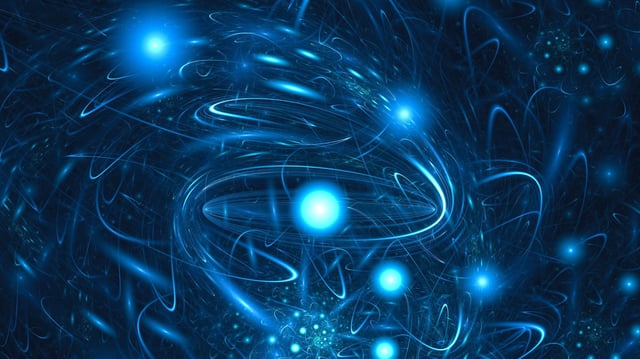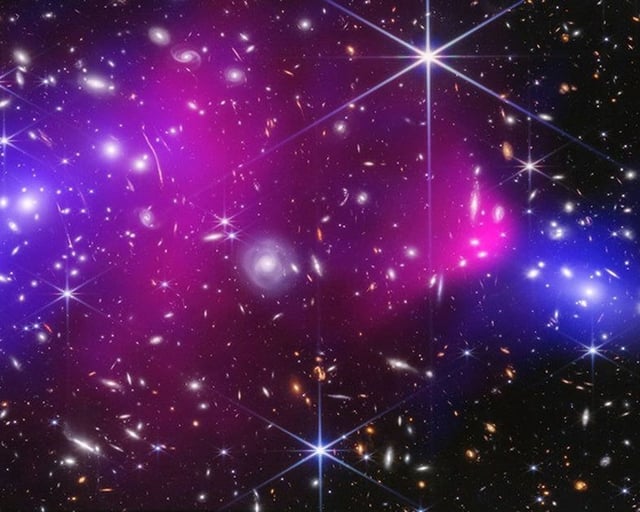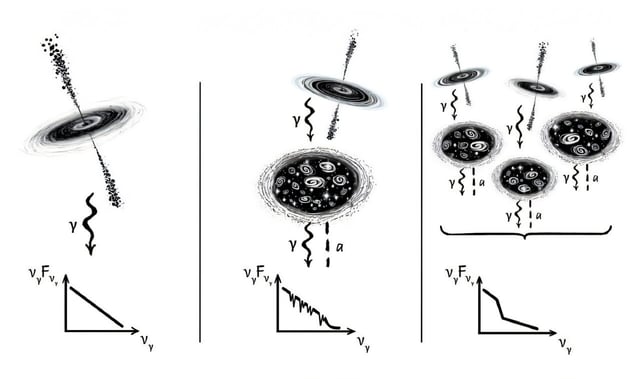Overview
- University of Copenhagen researchers reported in Nature Astronomy on August 15 that stacked gamma-ray spectra from 32 active galactic nuclei behind galaxy clusters revealed a step-like feature consistent with theoretical photon↔axion conversion.
- The stacking approach leverages the tangled magnetic fields of galaxy clusters to convert unpredictable individual signals into a coherent pattern with improved sensitivity.
- The observed step-like pattern is described by the authors as a tantalizing hint rather than definitive proof of axion-like particles.
- Analysis of the data allows researchers to exclude extensive regions of axion parameter space, tightening constraints on where these particles could exist.
- The method can be repeated across other electromagnetic bands, such as X-rays, and the team calls for independent replication and enhanced magnetic-field modeling to validate the findings.


